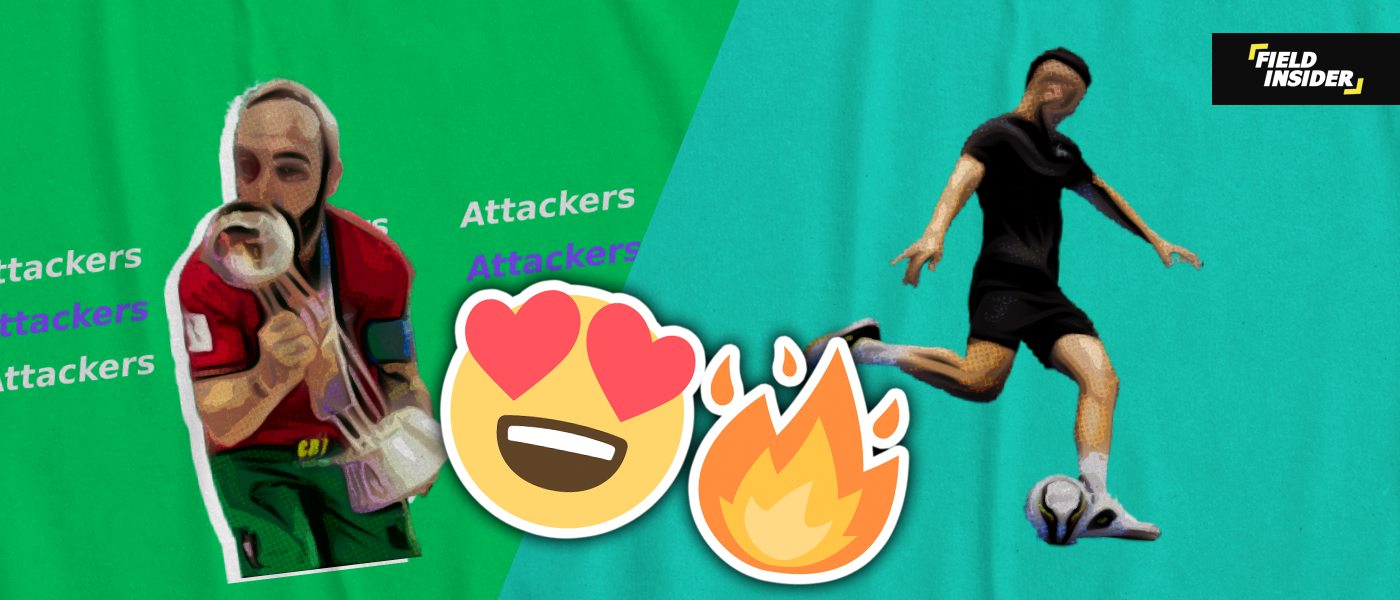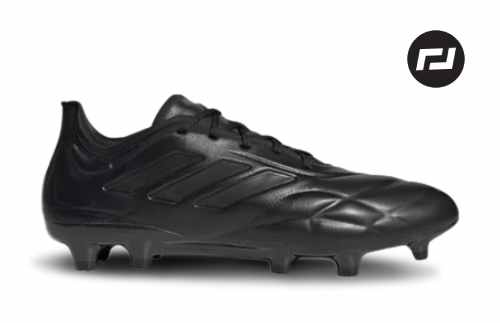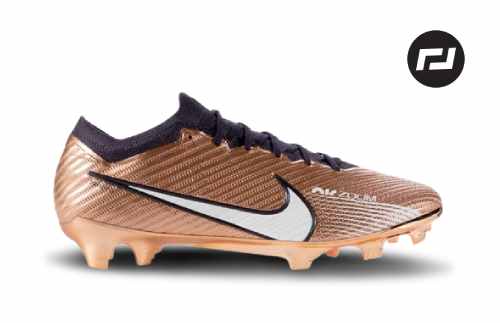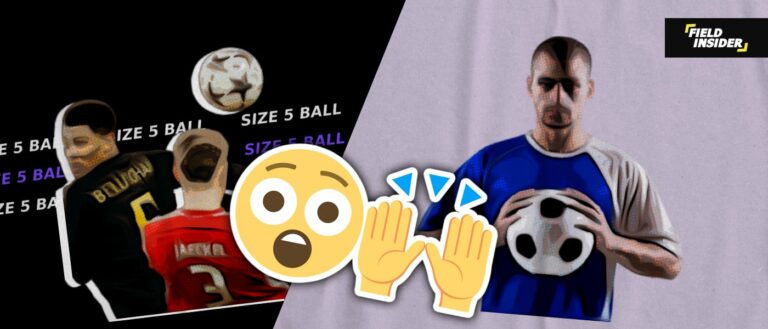Futsal Positions: All You Need to Know
Futsal, a variant of soccer known for its fast pace and skill-intensive play, requires a deep understanding of various roles within the game, known as futsal positions. Each futsal position, from the pivotal goalkeeper to the versatile flex player, plays a unique role in futsal positions that contributes to the team’s overall strategy and success on the pitch.
This article delves into the specifics of these roles, including the responsibilities, key skills, and tactical importance. Understanding futsal positions is essential for players at all levels , coaches and fans as well.
Key Takeaways
| Position | Role and Responsibilities | Key Skills Required | Tactical Importance |
|---|---|---|---|
| Goalkeeper | Defense and initiating attacks | Reflexes, shot-stopping, ball distribution | Dictates game pace, enables swift transitions |
| Center Defender | Neutralizing forwards, initiating attacks | Marking, blocking shots | Reading the game, making crucial interventions |
| Wide Defenders | Defensive duties, offensive support | Versatility, one-on-one defense | Supporting attacks, maintaining defensive solidity |
| Central Midfielder | Distributing the ball, maintaining possession | Ball distribution, decision-making | Link between defense and attack |
| Wingers | Offensive threat, defensive support | Speed, dribbling | Exploiting flanks, disrupting opposition attacks |
| Pivot (Forward) | Holding up play, creating opportunities | Ball control, creating chances | Offensive strategy, linking up play |
| Second Forward | Exploiting gaps, goal-scoring opportunities | Positioning, final pass | Complementing the pivot, creating scoring chances |
| Flex Player | Adapting to multiple positions | Tactical flexibility, adaptability | Allows for fluid formations, adapts to game flow |
Futsal Position Essentials
Futsal positions are integral to the game’s strategy and flow. Goalkeepers kickstart attacks, defenders balance defense with offense, midfielders link play across the pitch, and forwards aim to score, supported by the versatile flex player who adapts to any role.

Goalkeeper
Role and Responsibilities
The goalkeeper in futsal is not just the last line of defense but also the initiator of many attacking opportunities. This dual role demands a player who is not only skilled in shot-stopping but also possesses the ability to distribute the ball accurately to teammates.
The keeper’s responsibilities extend beyond the goal line. They are involved in play-making, setting the tempo for the team’s attacks with precise throws or kicks. Their ability to read the game and make quick decisions can often be the difference between a win and a loss.
Key Skills Required
A futsal goalkeeper must have exceptional reflexes to respond to the high-paced nature of the game. Shot-stopping abilities are crucial, given the close range from which many shots are taken. Equally important is the goalkeeper’s skill in ball distribution.
They must be able to launch attacks with accurate throws or kicks, making them an integral part of the team’s offensive strategy. Training in these areas is essential, as highlighted in articles discussing football training exercises at home and the importance of physical training in football.
Tactical Importance
The tactical importance of a goalkeeper in futsal cannot be overstated. They often dictate the pace of the game, making decisions that can slow down the play. Alternatively, they can catch the opposition off guard with a quick counter-attack.
A goalkeeper’s ability to transition from defense to attack seamlessly is a valuable asset, making them a pivotal figure in the team’s overall strategy. For more insights into effective strategies, the articles on how to defend in futsal provide valuable strategies that enhance a goalkeeper’s impact on the game.
Defenders
Center Defender
Neutralizing Forwards, Initiating Attacks
The center defender in futsal is tasked with a critical defensive role: neutralizing the opposing team’s forwards. This futsal position demands a player who is not only physically capable of handling direct confrontations but also tactically sound enough to anticipate and disrupt the opposition’s attacking moves.
Moreover, the center defender is often involved in initiating attacks, necessitating a good understanding of ball distribution. This role demands the vision to transition smoothly from defense to offense.
Marking, Blocking Shots
Effective marking and the ability to block shots are indispensable skills for a center defender. These abilities are paramount in limiting the opposition’s scoring opportunities and protecting the goal.
A center defender must excel in one-on-one situations, using their body wisely to block shots and passes. They must also possess the spatial awareness to cover key areas in front of the goal. Their role is a balance of physical prowess and tactical intelligence.
Reading the Game, Making Crucial Interventions
A center defender’s ability to read the game and make crucial interventions can often be the difference between victory and defeat. The player in this futsal positions requires not only a deep understanding of the game but also an ability to predict the opponent’s movements and to react swiftly to disrupt their plans.
The tactical importance of a center defender in futsal is highlighted by their role in organizing the defense. They make decisive plays that can neutralize threats and turn the tide of the game.
Wide Defenders
Defensive Duties, Offensive Support
Wide defenders in futsal play a vital role that straddles both defensive responsibilities and offensive contributions. These players are tasked with guarding the flanks, ensuring that the opposition’s wingers and forwards find little space to maneuver.
Their defensive duties are paramount, requiring quick feet for one-on-one challenges and the discipline to maintain positional integrity. Yet, wide defenders are also expected to support offensive plays, using their pace and ball-handling skills to overlap with midfielders.
Versatility, One-on-One Defense
The hallmark of a skilled wide defender is versatility. In the fast-paced world of futsal, players must adapt quickly to changing situations. They seamlessly shift between defensive stances and attacking runs.
Their ability to excel in one-on-one defense is crucial, as wide areas are often battlegrounds for speedy duels. A wide defender must combine agility, tactical awareness, and robust physicality to outmaneuver opponents. This makes them indispensable to their team’s defensive lineup.
Supporting Attacks, Maintaining Defensive Solidity
Beyond their defensive remit, wide defenders significantly influence the game’s offensive dynamics. Their support in attacks—characterized by well-timed runs and crosses—can create valuable scoring opportunities.
This dual role requires a deep understanding of when to press forward and when to hold back. It balances the team’s need for offensive support with the imperative of defensive solidity. Wide defenders embody the dynamic nature of futsal, where adaptability and tactical intelligence are key.
midfielders

Central Midfielder
Responsibilities in Futsal
The central midfielder in futsal is the heart of the team, controlling the game’s rhythm and flow with their play. This futsal position demands a player who can balance defensive duties with offensive creativity. They effectively link the backline to the forwards.
Responsibilities include maintaining possession, dictating play pace, and distributing the ball with precision. Their ability to switch play and provide support in both defense and attack makes them indispensable to a team’s structure.
Link Between Defense and Attack
The central midfielder serves as the critical link between defense and attack, orchestrating the team’s movements and ensuring fluidity in play. Their futsal position requires a comprehensive understanding of the game, enabling them to make split-second decisions that can either initiate a promising attack or halt an opposing threat.
Mastery over ball control, vision, and spatial awareness allows them to navigate the pitch effectively. This makes them the pivot around which the team’s play revolves.
Wingers
Offensive Threat
Wingers in futsal are known for their speed, agility, and ability to create chaos in the opposition’s defense. Tasked with providing width and exploiting the flanks, they are a constant offensive threat. They are capable of delivering precise crosses, engaging in quick one-on-ones, or cutting inside to shoot.
Their role is to stretch the defense, creating space for teammates to exploit. Wingers’ ability to break down defenses and serve balls into dangerous areas makes them key to unlocking tightly contested matches.
Defensive Contributions
Despite their primary focus on offense, wingers also play a vital role in defense. They must track back and support their wide defenders, engaging in defensive duties to recover possession. This effort helps disrupt the opponent’s attacking plays.
This dual responsibility requires not only physical endurance to cover large portions of the pitch but also tactical discipline to balance their offensive ambitions with defensive obligations.
forwards

Pivot
Target Player
The pivot, or target player, is a crucial component of the forward line in futsal. They are mainly known for their strength, ball control, and ability to hold up play. This futsal position demands a player who can receive the ball under pressure, shield it from defenders, and lay it off to oncoming teammates.
The pivot’s role as the target player is to act as a focal point for attacks, using their physicality and technical skills to maintain possession. They create scoring opportunities for themselves and others.
Holding up Play
Holding up play is a fundamental aspect of the pivot’s responsibilities. This involves using body positioning and technical skills to retain the ball, allowing teammates to join the attack and exploiting the spaces created by their movements.
A successful pivot can effectively turn defenders, control high and low passes, and make intelligent plays that contribute to the team’s offensive strategy. Their ability to hold up play not only relieves pressure on the midfield but also sets the stage for impactful attacking sequences.
Second Forward
Supporting the Pivot
The second forward in futsal plays a supporting role to the pivot, often positioning themselves to receive passes, create space, or exploit gaps in the opposition’s defense. This futsal position requires a blend of creativity, agility, and an acute sense of positioning.
By working closely with the pivot, the second forward helps to diversify the team’s attacking options, providing a dynamic threat that can adjust to the flow of the game and capitalize on the pivot’s playmaking abilities.
Goal-scoring Opportunities
Creating and converting goal-scoring opportunities is the lifeblood of the second forward’s role. This player must possess a sharp eye for goal, the technical ability to finish under pressure, and the versatility to adapt to different attacking scenarios.
Their movement off the ball is key to unlocking defenses, making runs that draw defenders away from the pivot or finding spaces to receive the ball in dangerous positions. The second forward’s ability to score and assist is crucial for a team’s success, making them an indispensable asset in the attacking third.
flex player
Definition and Role
The flex player in futsal embodies versatility, capable of adapting to various positions on the pitch with ease. This unique futsal position requires a player with a broad skill set, tactical intelligence, and an exceptional understanding of the game’s dynamics.
Flex players are deployed according to the team’s tactical needs, filling in gaps in defense, midfield, or attack, making them invaluable for their ability to adjust to the flow of the match and cover for teammates in different scenarios.
Tactical Flexibility
Tactical flexibility is the hallmark of a flex player. They provide coaches with the option to switch formations or strategies without making substitutions, allowing for a fluid response to the unfolding game.
This futsal position demands a player who is not only physically adept across multiple positions but also mentally prepared to shift roles at a moment’s notice. Their presence on the pitch enables a team to dynamically alter its shape and approach, responding adaptively to the opponent’s tactics.
Importance in Modern Futsal Tactics
The importance of the flex player in modern futsal tactics cannot be overstated. As the game evolves, the ability to seamlessly transition between defensive and offensive roles becomes increasingly critical.
Flex players epitomize the modern, adaptable athlete, capable of influencing the game in multiple phases of play. Their role reflects the strategic depth of futsal, where the ability to adapt and overcome tactical challenges can lead to significant competitive advantages.
Understanding Injury Risks in Futsal
In the physical and demanding sport of futsal, injuries are an unfortunate reality that players must be aware of. The accompanying chart provides a visual breakdown of the most common types of injuries sustained by futsal players. The chart is based upon the finding from the study, “Injuries of Futsal Players and Prevention in China.”
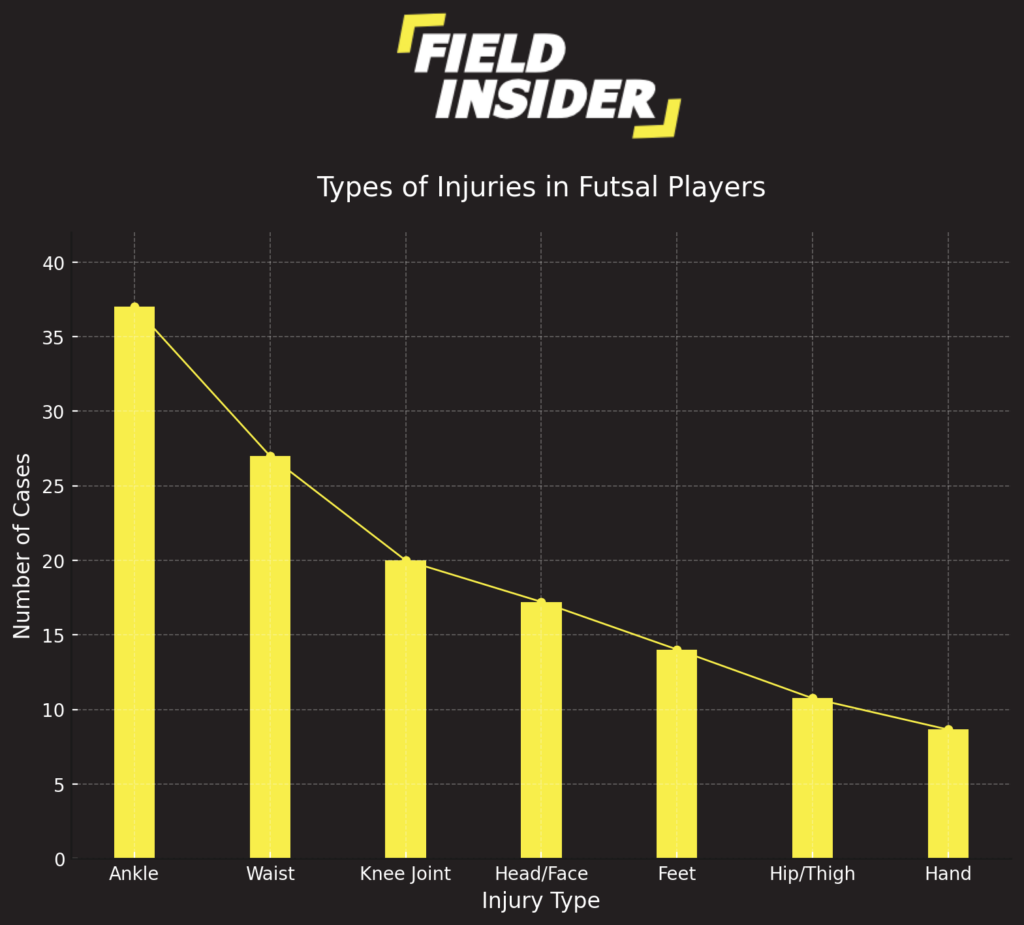
Ankle injuries lead the way, accounting for 47.4% of all cases, indicating the high risk associated with the twists and turns typical in futsal. Waist injuries follow, making up 34.6% of the injuries, often a result of sudden movements or impacts during play.
Knee joint injuries are also prevalent, representing 25.6% of cases, a testament to the stress placed on players’ knees by the sport’s quick pivots and lateral movements. Head and face injuries constitute 20.5%, which can occur from accidental collisions.
Similarly, feet injuries are reported at 16.7%, often resulting from the sport’s intense demands on footwork and agility. Hip and thigh injuries account for 12.8% of cases, likely due to overexertion or contact during play.
Lastly, hand injuries, at 10.3%, although less common, are still notable, usually resulting from falls or during defensive actions.
This chart is not just a set of numbers but a stark illustration of the areas where futsal players are most vulnerable. Understanding these risks is crucial for all involved in the sport. This knowledge is key to mitigating the chances of injury and ensuring a safer playing environment.
Conclusion
Futsal positions, each with unique responsibilities and skills, form the backbone of team strategy and individual player development. Understanding these roles is essential for players, coaches, and fans alike to fully appreciate the complexities and nuances of the game.
As futsal continues to grow in popularity, the evolution of these positions will undoubtedly contribute to the sport’s dynamic and exciting nature. Whether you’re a seasoned player or a newcomer to the sport, exploring and understanding futsal position is a journey well worth taking.


